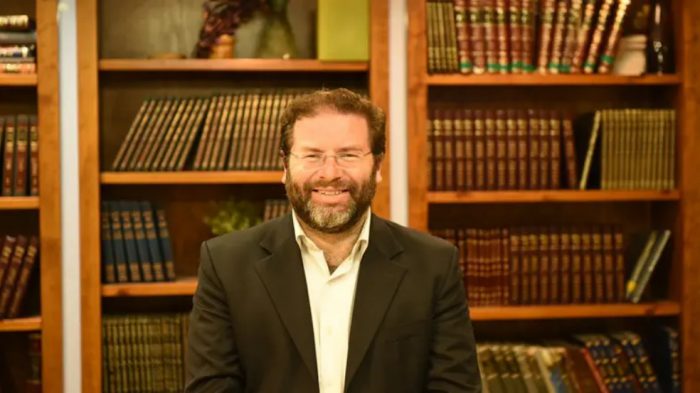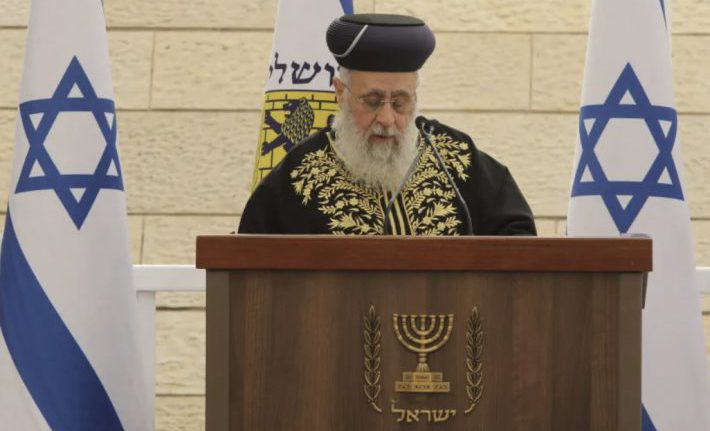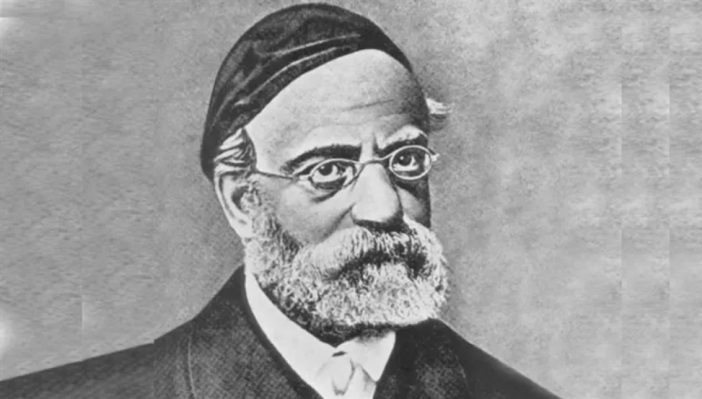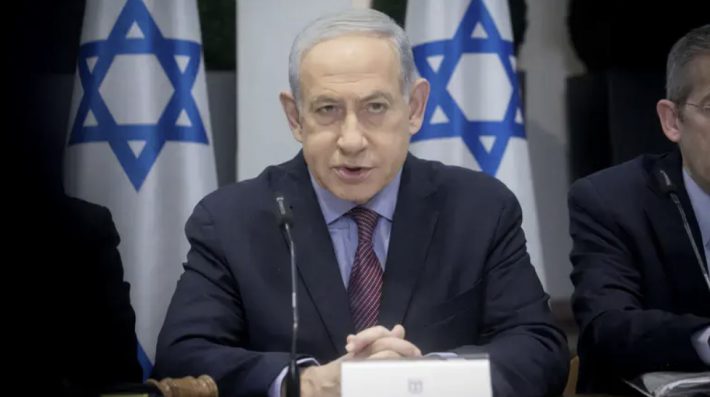Sukkot reminds Israel that peace is only a pause in a longer struggle — a temporary shelter between battles for security, faith, and destiny.
Though the song “Shlomit Builds a Sukkah of Peace” paints Sukkot as a festival of tranquility, Rabbi Eleazer of Worms wrote in his Sefer HaRokeach that the Sukkah was born out of war, not peace.
The temporary shelters the Israelites built in the desert, he explained, were mobile combat tents, protecting them on their journey from Egypt’s bondage through the dangers of the wilderness. Even Joshua’s soldiers dwelled in sukkot until they conquered the Land.
The four species — lulav, etrog, hadas, and arava — resemble weapons, symbolizing vigilance and readiness. The lulav is a spear, the etrog a shield, the hadas a club, and the arava a staff. Together, they remind us that spiritual peace is forged through struggle, not passivity.
A Sukkah Is Never Permanent
A Sukkah, fragile and temporary, represents alertness on the journey, not comfort at its destination. It embodies the truth that Israel must remain mobile, resilient, and watchful, guarding against both external enemies and internal complacency.
The pauses between battles — the “rests” on this desert march — are moments for reflection, not illusions of peace.
“Between journeys,” the sages teach, “there are moments of rest, where one can see how far one has come.”
The Hamas Agreement: A Pause, Not Peace
The ceasefire agreement with Hamas, like the sukkah, is temporary — a moment of rest, not a conclusion.
To mistake it for peace is dangerous self-deception. The next confrontation is inevitable, for the flaws of this deal are already visible:
- Israel’s lack of permanent control over Gaza;
- The Arab understanding that hostages are political currency, emboldened by Western sympathy groups;
- And the empty talk of a Palestinian state, rewarded not for peace, but for terror.
Yet, despite these weaknesses, this Sukkot 5786 (2025) allows Israel to look back with justified pride to Sukkot 5784 (2023) — and to recognize the distance covered on the journey.
Progress Through Perseverance
In two years of war and redemption:
- Existential threats have been neutralized;
- Gaza lies dismantled — a warning to every future aggressor;
- Israel has reasserted its regional supremacy;
- The nation has learned that only strength, not compromise, brings hostages home;
- Millions of Jews stood united in prayer during the Days of Awe, reaffirming Israel’s moral and spiritual core;
- And David Zini, a symbol of resilience, now leads the Shin Bet, representing a reborn Israeli security doctrine rooted in faith and fortitude.
Faith and Fire
The Midrash Leviticus Rabbah (30) teaches:
“When Israel emerges before the Holy One, Blessed Be He, with their lulavim and etrogim in their hands, we know that Israel has emerged victorious.”
So too today: the lulav and etrog in Jewish hands are not signs of surrender, but banners of triumph.
The Sukkah may be fragile, but the people who dwell in it are unbreakable.
Sukkot 5786 reminds Israel and the Jewish world: Peace is not the absence of war — it is the victory of faith, courage, and unity over chaos.





